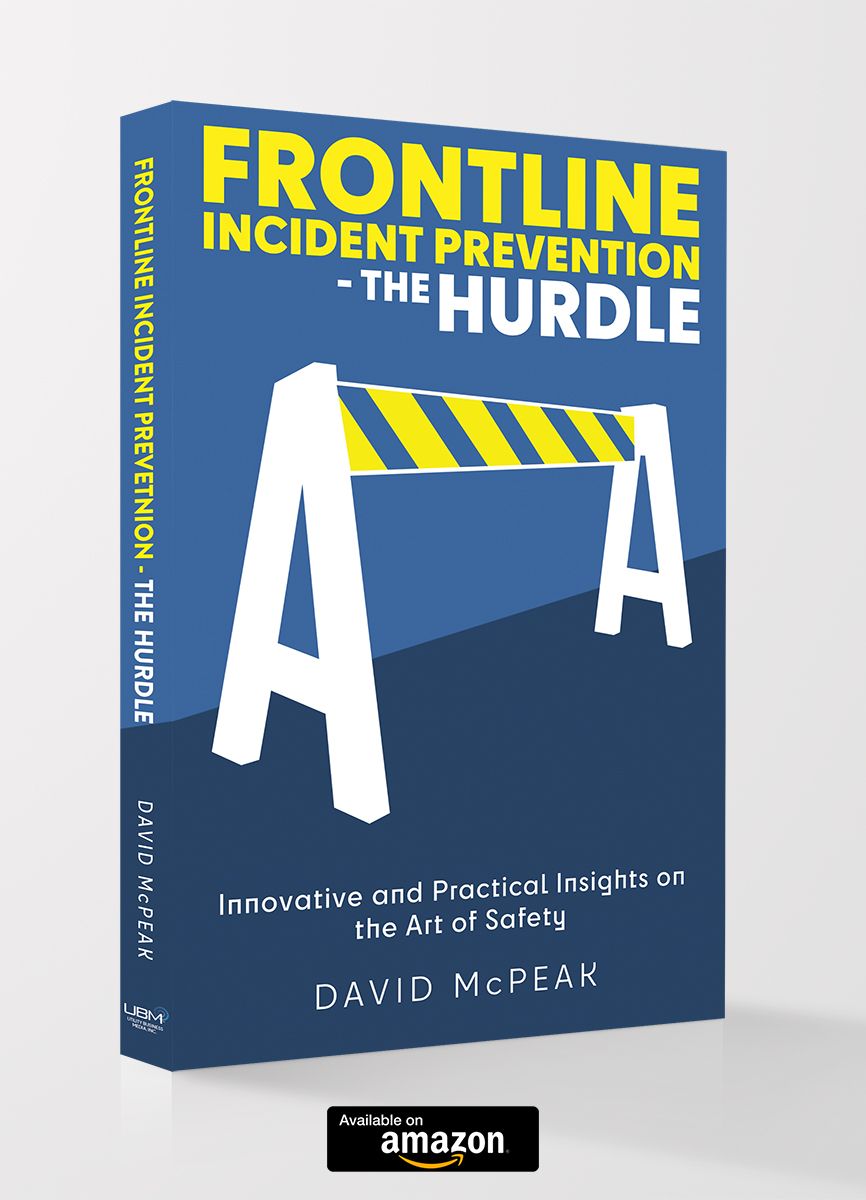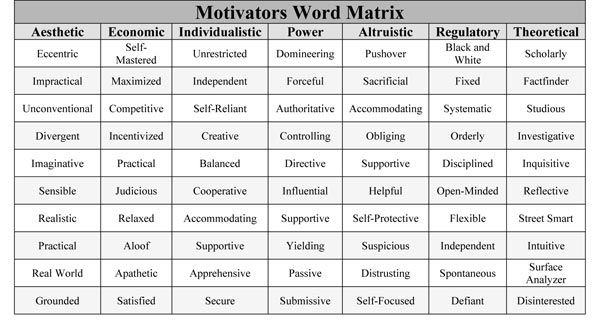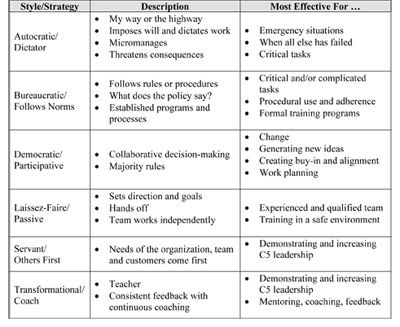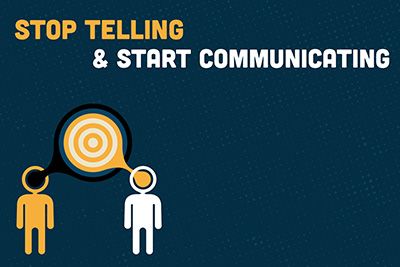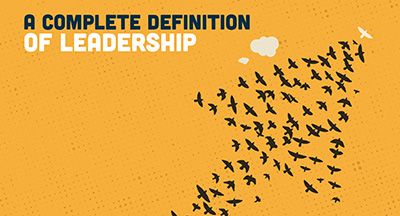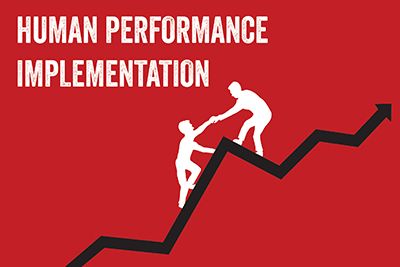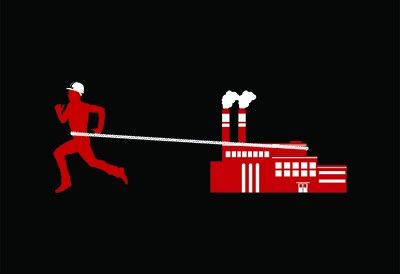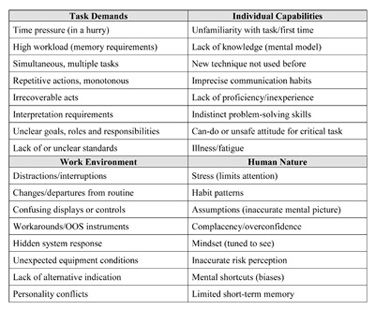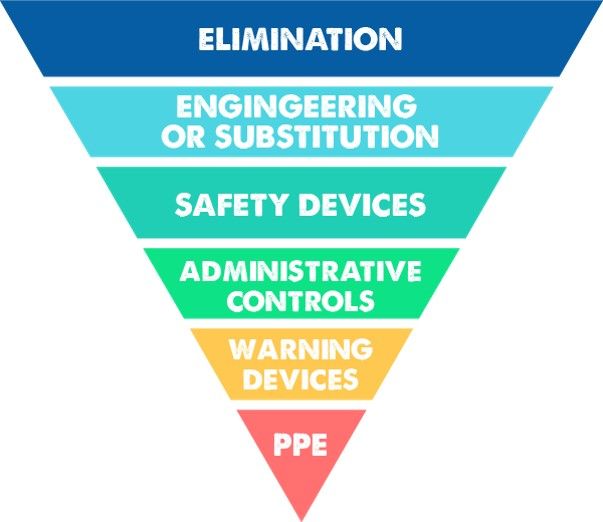Tag: Frontline Fundamentals
The Art of Safety: Protect the Worker
Written by David McPeak, CUSP, CIT, CHST, CSP, CSSM on . Posted in Frontline Fundamentals.
The Art of Safety: Lead People, Not Robots
Written by David McPeak, CUSP, CIT, CHST, CSP, CSSM on . Posted in Frontline Fundamentals.
From My Bookshelf to Yours: ‘Who Moved My Cheese?’
Written by David McPeak, CUSP, CIT, CHST, CSP, CSSM on . Posted in Frontline Fundamentals.
From My Bookshelf to Yours: ‘No Compromise’
Written by David McPeak, CUSP, CIT, CHST, CSP, CSSM on . Posted in Frontline Fundamentals.
From My Bookshelf to Yours: ‘The 8 Habits of a Highly Effective Safety Culture’
Written by David McPeak, CUSP, CIT, CHST, CSP, CSSM on . Posted in Frontline Fundamentals.
From My Bookshelf to Yours: ‘It’s Your Ship’
Written by David McPeak, CUSP, CIT, CHST, CSP, CSSM on . Posted in Frontline Fundamentals.
From My Bookshelf to Yours: ‘The Success Principles’
Written by David McPeak, CUSP, CIT, CHST, CSP, CSSM on . Posted in Leadership Development, Frontline Fundamentals.
From My Bookshelf to Yours: ‘Extreme Ownership’
Written by David McPeak, CUSP, CIT, CHST, CSP, CSSM on . Posted in Leadership Development, Frontline Fundamentals.
From My Bookshelf to Yours: ‘The 7 Habits of Highly Effective People’
Written by David McPeak, CUSP, CIT, CHST, CSP, CSSM on . Posted in Leadership Development, Frontline Fundamentals.
9 Safety Axioms You Need to Know
Written by David McPeak, CUSP, CIT, CHST, CSP, CSSM on . Posted in Leadership Development, Frontline Fundamentals.
Improving Job Briefings
Written by David McPeak, CUSP, CIT, CHST, CSP, CSSM on . Posted in Leadership Development, Frontline Fundamentals.
The Safety Paradox: My Day at the Safety Conference
Written by David McPeak, CUSP, CIT, CHST, CSP, CSSM on . Posted in Leadership Development, Frontline Fundamentals.
How Common is Common Sense?
Written by David McPeak, CUSP, CIT, CHST, CSP, CSSM on . Posted in Leadership Development, Frontline Fundamentals.
Hazards Do Not Discriminate – Nor Should We
Written by David McPeak, CUSP, CIT, CHST, CSP, CSSM on . Posted in Leadership Development, Frontline Fundamentals.
Assessments: Highlights and Implementation
Written by David McPeak, CUSP, CIT, CHST, CSP, CSSM on . Posted in Leadership Development, Frontline Fundamentals.
Emotional Intelligence: Perceive and Apply Emotions in Yourself and Others
Written by David McPeak, CUSP, CIT, CHST, CSP, CSSM on . Posted in Leadership Development, Frontline Fundamentals.
Decision Making: Make Balanced Decisions and Avoid Biases
Written by David McPeak, CUSP, CIT, CHST, CSP, CSSM on . Posted in Leadership Development, Frontline Fundamentals.
Motivators: To Improve Performance, Understand What Drives Your Behavior
Written by David McPeak, CUSP, CIT, CHST, CSP, CSSM on . Posted in Leadership Development, Frontline Fundamentals.
Behavioral Profiles: Use DISC to Predict and Adapt
Written by David McPeak, CUSP, CIT, CHST, CSP, CSSM on . Posted in Leadership Development, Frontline Fundamentals.
Learning Styles: Implications for a Trainer
Written by David McPeak, CUSP, CIT, CHST, CSP, CSSM on . Posted in Leadership Development, Frontline Fundamentals.
Frontline Fundamentals: Lead to Win Highlights and Implementation
Written by David McPeak, CUSP, CIT, CHST, CSP, CSSM on . Posted in Leadership Development, Frontline Fundamentals.
Frontline Fundamentals: Leadership Styles and the Art of Flexecution
Written by David McPeak, CUSP, CIT, CHST, CSP, CSSM on . Posted in Leadership Development, Frontline Fundamentals.
Frontline Fundamentals: Coaching and Feedback that Maximize Performance
Written by David McPeak, CUSP, CIT, CHST, CSP, CSSM on . Posted in Leadership Development, Frontline Fundamentals.
Frontline Fundamentals: Valuing Your Team and Developing Relationships
Written by David McPeak, CUSP, CIT, CHST, CSP, CSSM on . Posted in Leadership Development, Frontline Fundamentals.
Frontline Fundamentals: Stop Telling and Start Communicating
Written by David McPeak, CUSP, CIT, CHST, CSP, CSSM on . Posted in Leadership Development, Frontline Fundamentals.
Frontline Fundamentals: Developing a Complete Definition of Leadership
Written by David McPeak, CUSP, CIT, CHST, CSP, CSSM on . Posted in Leadership Development, Frontline Fundamentals.
Frontline Fundamentals: Human Performance Implementation
Written by David McPeak, CUSP, CIT, CHST, CSP, CSSM on . Posted in Leadership Development, Frontline Fundamentals.
Frontline Fundamentals: HP Principle Five: “Why” Works
Written by David McPeak, CUSP, CIT, CHST, CSP, CSSM on . Posted in Leadership Development, Frontline Fundamentals.
Frontline Fundamentals: HP Principle Four: People Influence Each Other
Written by David McPeak, CUSP, CIT, CHST, CSP, CSSM on . Posted in Leadership Development, Frontline Fundamentals.
Frontline Fundamentals: HP Principle Three: You Cannot Outperform Your Organization
Written by David McPeak, CUSP, CIT, CHST, CSP, CSSM on . Posted in Leadership Development, Frontline Fundamentals.
Frontline Fundamentals: HP Principle Two: Your Crystal Ball
Written by David McPeak, CUSP, CIT, CHST, CSP, CSSM on . Posted in Leadership Development, Frontline Fundamentals.
Frontline Fundamentals: HP Principle One: People Screw Up
Written by David McPeak, CUSP, CIT, CHST, CSP, CSSM on . Posted in Leadership Development, Frontline Fundamentals.
Frontline Fundamentals: Human Performance: What Is It and Why Should We Study It?
Written by David McPeak, CUSP, CIT, CHST, CSP, CSSM on . Posted in Leadership Development, Frontline Fundamentals.
Frontline Fundamentals: Measure What You Want
Written by David McPeak, CUSP, CIT, CHST, CSP, CSSM on . Posted in Leadership Development, Frontline Fundamentals.
Frontline Fundamentals: Organizational Culture: What Caves Can Teach Us
Written by David McPeak, CUSP, CIT, CHST, CSP, CSSM on . Posted in Leadership Development, Frontline Fundamentals.
Frontline Fundamentals: Responsibility for Safety
Written by David McPeak, CUSP, CIT, CHST, CSP, CSSM on . Posted in Leadership Development, Frontline Fundamentals.
Frontline Fundamentals: Risk Tolerance
Written by David McPeak, CUSP, CIT, CHST, CSP, CSSM on . Posted in Safety Management, Leadership Development, Worksite Safety, Frontline Fundamentals.
Frontline Fundamentals: Controlling Hazards
Written by David McPeak, CUSP, CIT, CHST, CSP, CSSM on . Posted in Safety Management, Leadership Development, Frontline Fundamentals.


